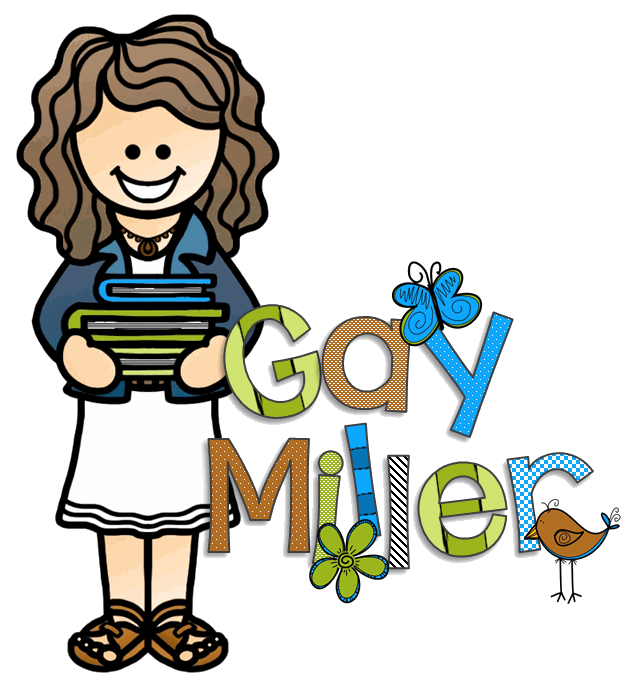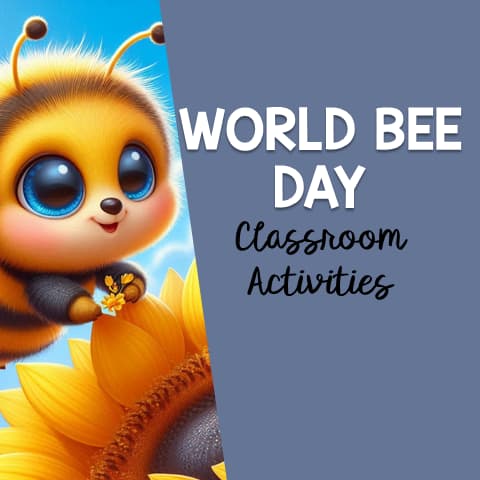
Celebrate World Bee Day on May 20th with engaging activities highlighting bees’ importance in our ecosystem. This blog post features six interactive World Bee Day activities for students in grades 4-6, allowing them to explore bee-related topics through idioms, literature, conservation efforts, and enjoyable games.
Lesson Handout
The handout for this blog post is available in the Spring Vault. It includes printables and instructions for all activities listed in this post.
To access this handout and other spring-themed resources, click the button below. Sign up using your email, and we’ll send you the username and password immediately.
World Bee Day Classroom Activities
Activity #1: Bee Idioms Bump Game
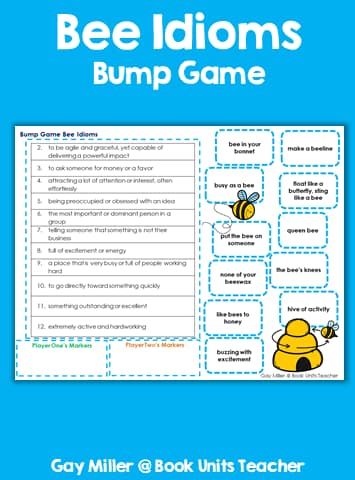
Help students learn common bee-themed idioms while playing a fun Bump game! In this activity, students are introduced to idioms such as “bee in your bonnet,” “make a beeline,” “buzzing with excitement,” and more. Students will play by rolling dice, moving game pieces, and identifying the meanings of these idioms to “bump” each other off the board. It’s a fun way to introduce figurative language and enrich vocabulary.
Activity #2: Picture Books & Constructed Response Organizers
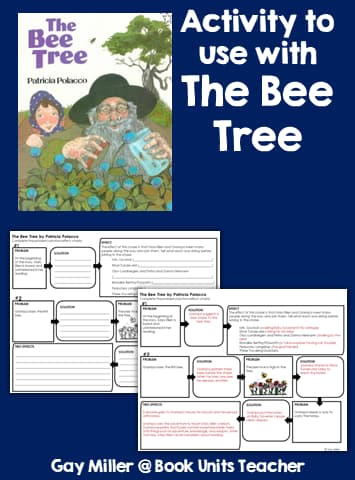
Using the picture book The Bee Tree by Patricia Polacco, students complete problem/solution/effect chains. This activity helps students identify plot elements and connect problems with solutions. The provided handout includes two chains for students to explain how characters resolve issues they face
Activity #3: Picture Book – Flight of the Honey Bee by Raymond Huber
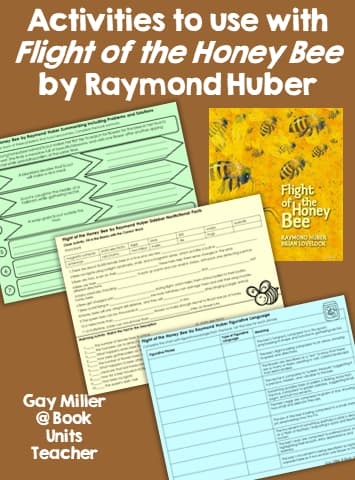
Raymond Huber’s Flight of the Honey Bee provides an in-depth look at the journey of a honeybee. This activity includes several components to get students thinking about bees and their environment.
Summarizing with a Problems and Solutions Organizer
Students will summarize the book in seven steps. Using a graphic organizer, they’ll identify problems introduced in the story and match them with solutions.
Matching Handout
Students can fill in missing words and match key facts about bees from the book’s nonfiction sidebars. Sample facts include:
- Bees navigate using sunlight, landmarks, smell, and a magnetic sense, which acts like a built-in magnetic compass.
- Bees are charged with static electricity during flight, which helps attract pollen.
- The queen bee can lay thousands of eggs a day.
Figurative Language Passages
After reading the book, students will identify figurative phrases like “bee the size of a cherry pit” and “flies swift and straight as an arrow.” They will list the type of figurative language used and write each figurative phrase next to its meaning.
Bonus Teaching Idea
Have students create bee conservation posters with facts about bees, their importance, and tips on protecting them. Hang these posters around the school to promote awareness of bee conservation!
Activity #4: Bee Vocabulary Hex Game
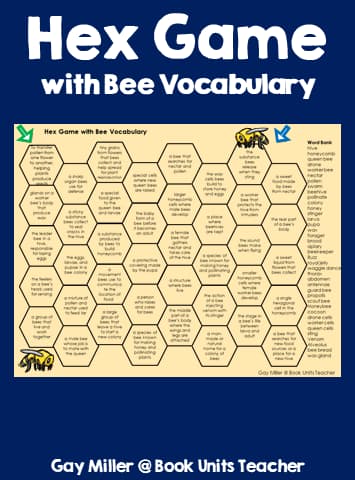
This hexagonal board game is a perfect addition to your bee-themed lessons! The game features 39 bee-related vocabulary words, such as “nectar,” “pollination,” and “queen bee.” Students will match definitions with vocabulary words to progress through the game. It’s an engaging way to reinforce their understanding of key bee-related terms.
Activity #5: CGI Animated Short – “Beehave”
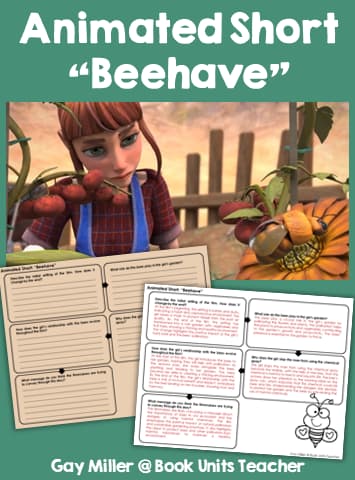
The animated short film Beehave tells the story of a girl who uses bees to help transform her barren garden into a thriving, lush space. Students will watch this film and then answer discussion questions to prompt reflection and critical thinking.
Discussion Questions:
- Describe the initial setting of the film. How does it change by the end?
- What role do the bees play in the girl’s garden?
- Why does the girl stop the man from using the chemical spray?
- How does the girl’s relationship with the bees evolve throughout the film?
- What message do you think the filmmakers are trying to convey through this story?
This film teaches students about the importance of protecting bees and the impact of pesticides.
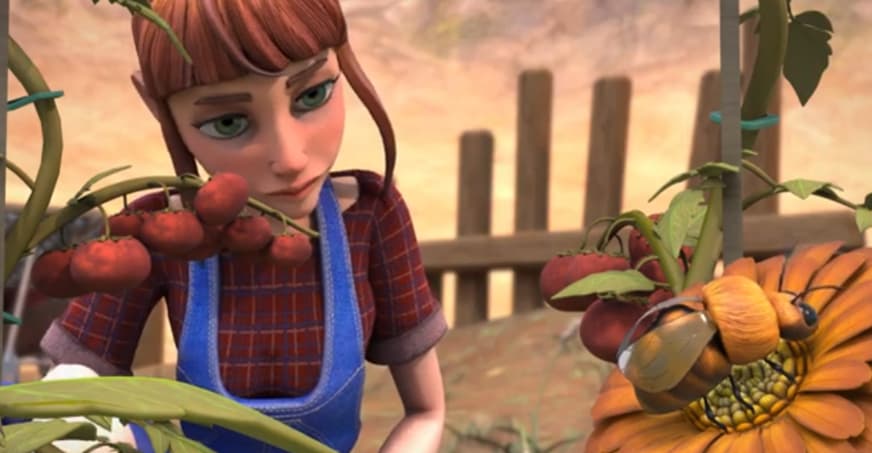
Activity #6: Narrative Writing
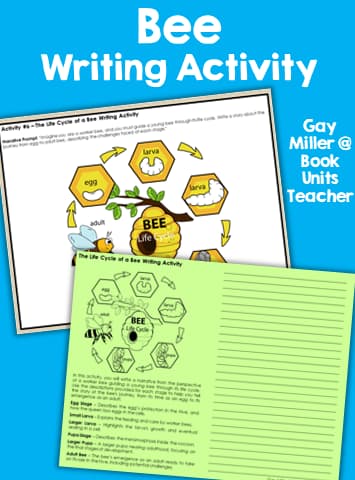
Students use the format of the book Flight of the Honey Bee to write a fictional narrative full of facts describing the bee life cycle. In this project, students will take on the role of a worker bee guiding a young bee through each stage of development, from egg to adult. An included handout provides images and descriptions that guide students through their narratives.
World Bee Day provides the perfect opportunity for various educational activities that teach students about the role bees play in our world. These activities blend figurative language, problem-solving, and environmental conservation in a fun and informative way. Whether through games, books, animated films, or writing, students will walk away with a deeper understanding and appreciation of bees.
Didn’t catch the link for the handouts earlier? No worries! Click the button below to access the handout and other spring-themed resources. By signing up for our newsletter, you’ll get instant access to these materials and stay updated with our latest educational content.
